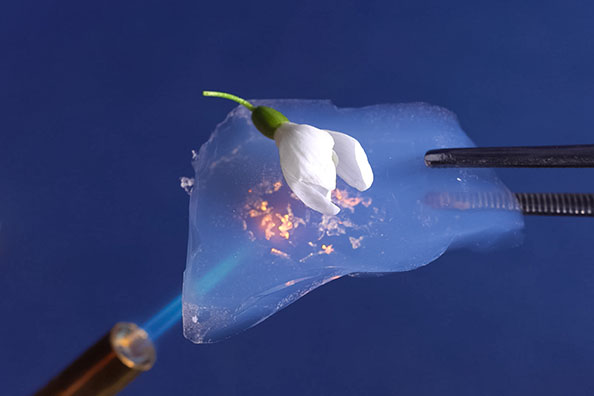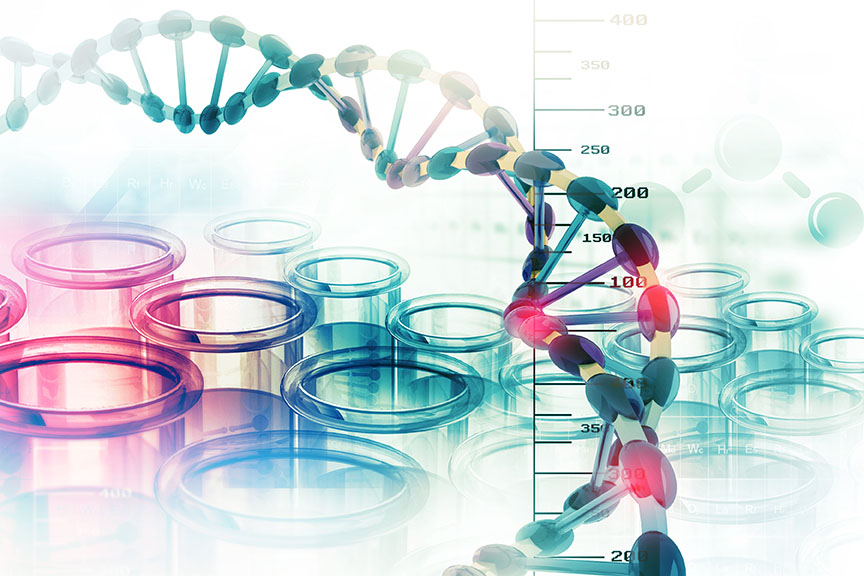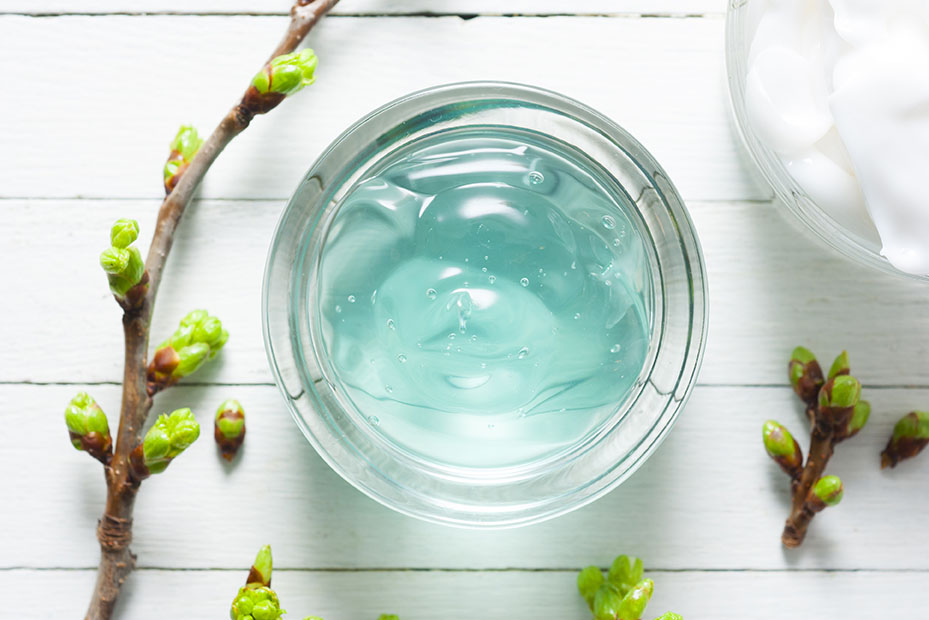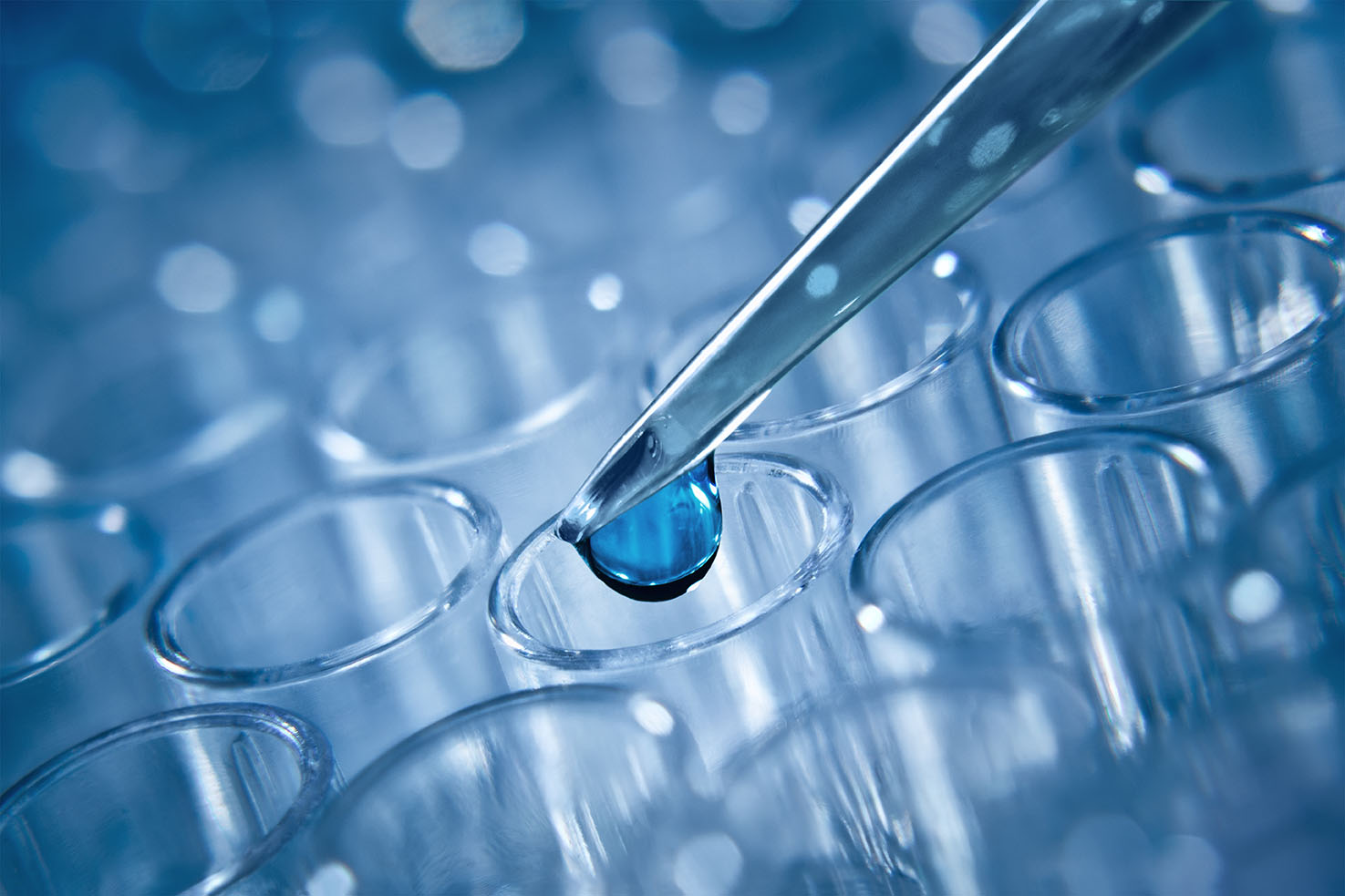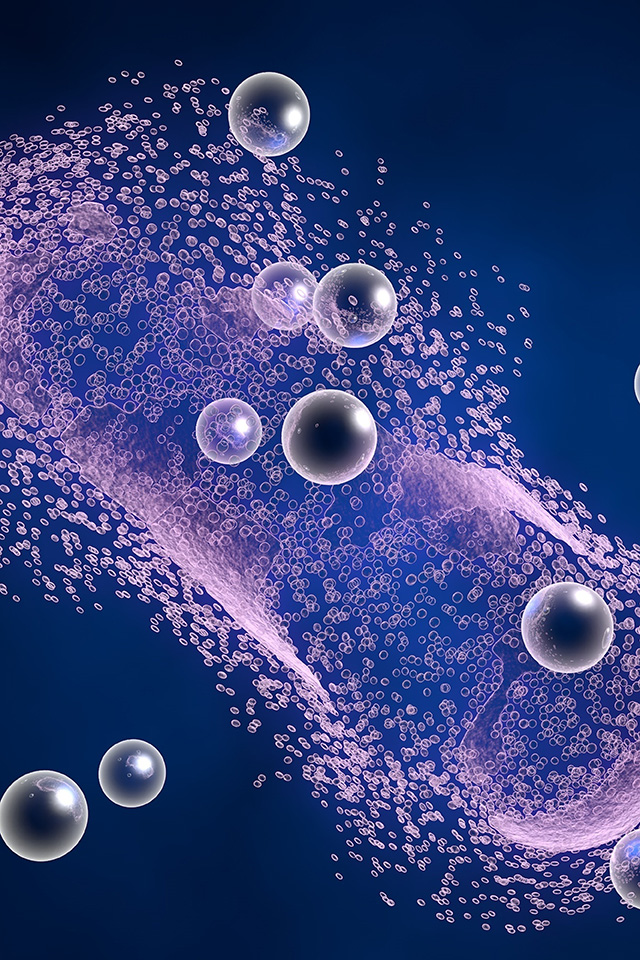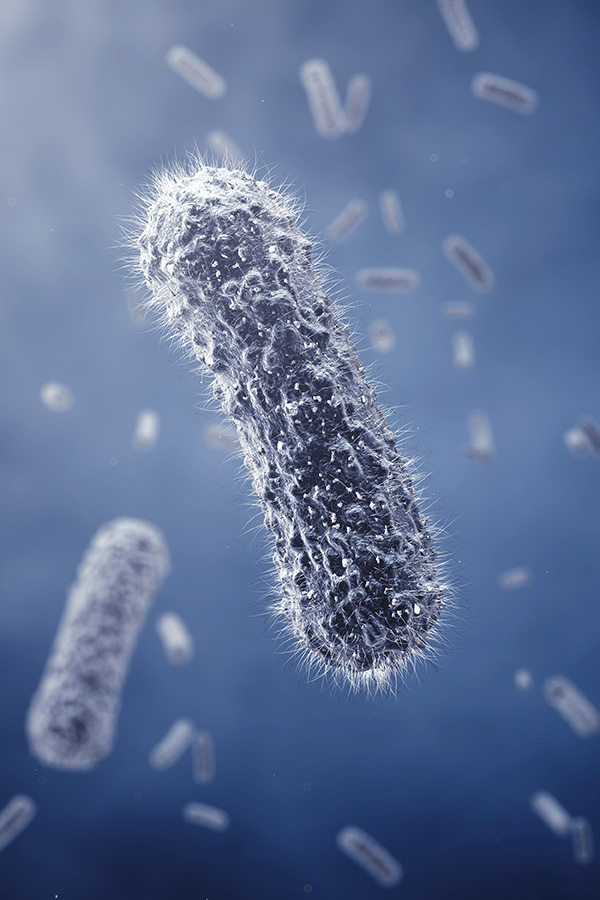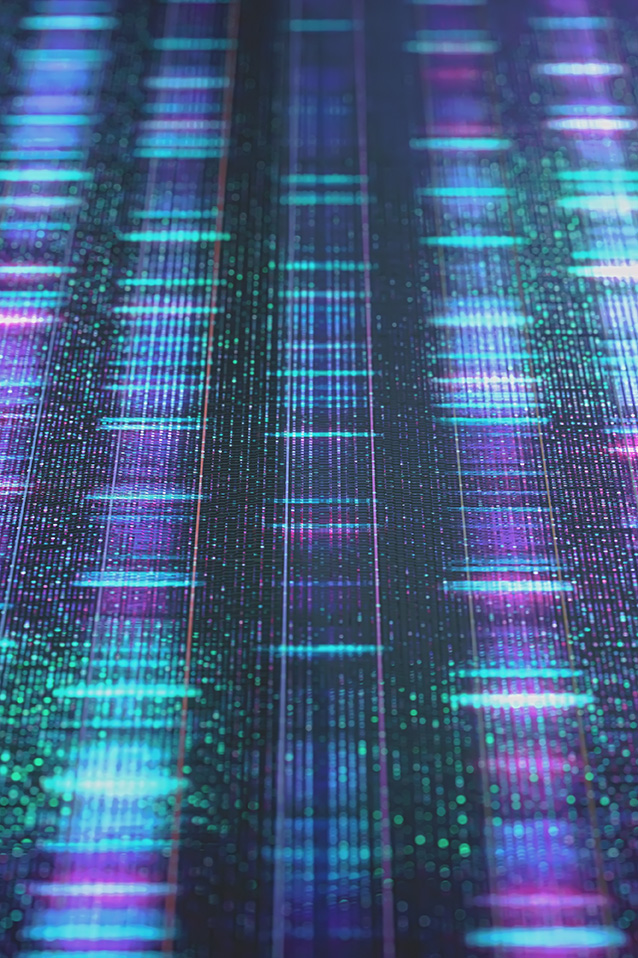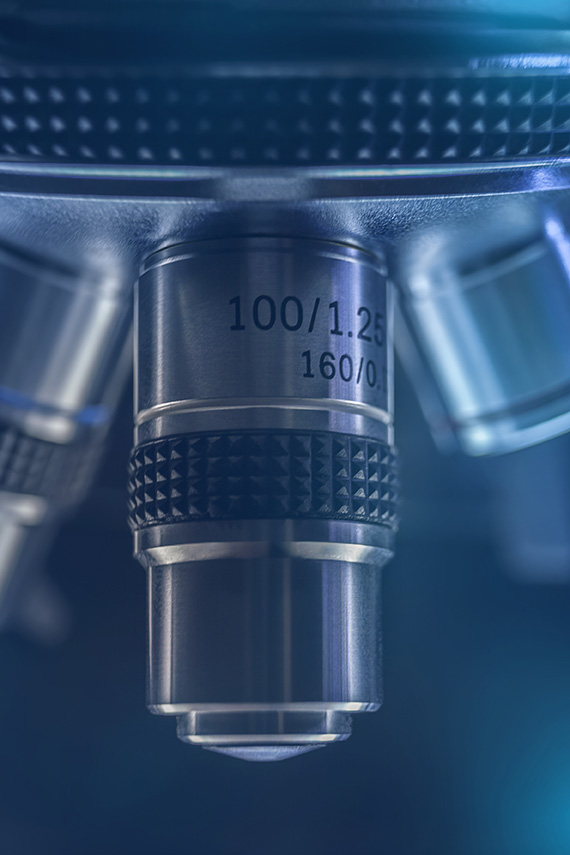Exosome Purification Services
Overview Services Features FAQs
Overview
Exosomes, present in plasma and other body fluids, have garnered significant interest as therapeutic and diagnostic biomarkers. Leveraging years of expertise in exosome technology, Creative Biolabs has developed validated protocols for purifying exosomes from plasma and other body fluids while minimizing the co-purification of proteins.
Services
To improve the concentration and quality of exosomes, various purification techniques have been developed, including ultracentrifugation, microfiltration, size exclusion chromatography (SEC), and immunoaffinity capture.
Ultracentrifugation is widely regarded as the gold standard for isolating exosomes. This method separates vesicles from other sample components based on their sedimentation rates, which are primarily determined by size and density. Microfiltration, using a hydrophilized polyvinylidene difluoride membrane, easily purifies exosomes from samples while reducing the co-purification of abundant proteins.
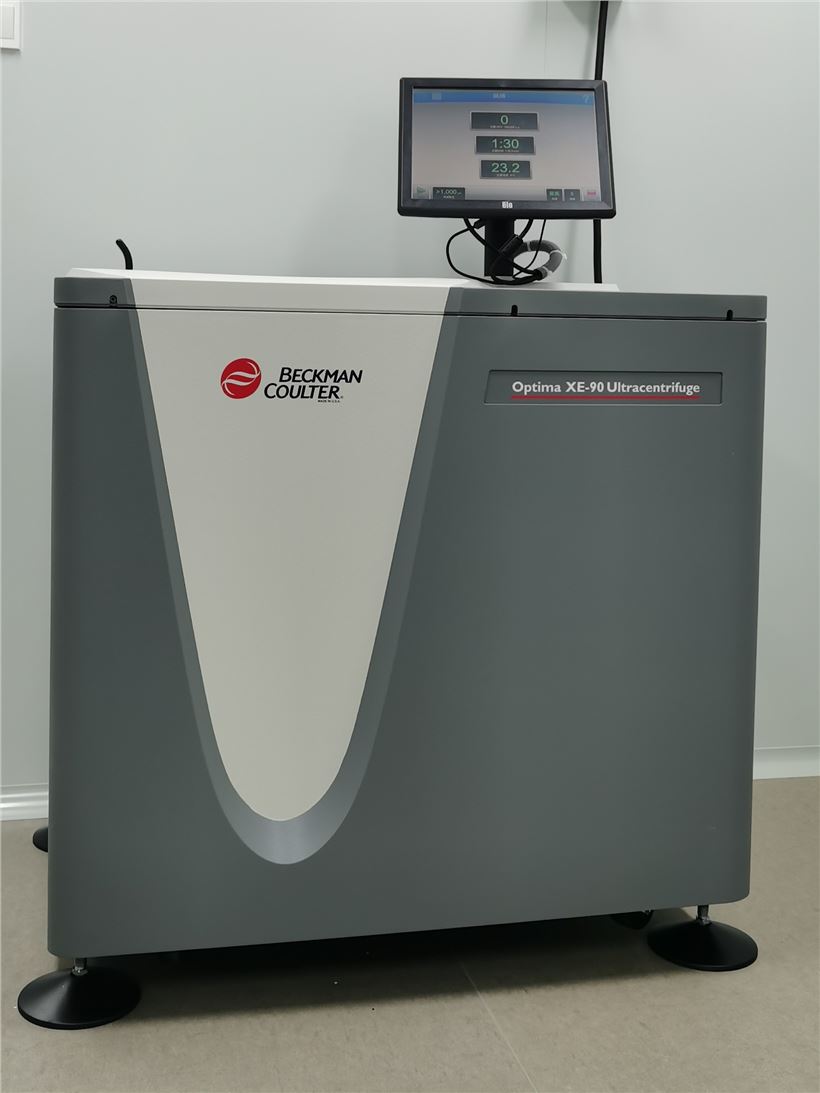 Fig.1 Ultracentrifuge.
Fig.1 Ultracentrifuge.
SEC separates sample components by their differential movement through a gel matrix. Smaller components penetrate the gel matrix more easily, leading to longer retention in the column and later elution. In exosome isolation, this method effectively separates vesicles from smaller protein and nucleic acid contaminants.
Immunoaffinity capture utilizes antibody-coated beads to selectively isolate vesicles with specific surface markers. Preconcentrated exosome samples are incubated with magnetic beads coated with antibodies against the target marker, enabling the specific isolation of exosomes expressing the target on their surface.
Features
-
High purity, high yield, and low cost
-
Advanced technology
-
Skillful scientific team
-
Best after-sale service
Enhanced purification of exosomes benefits downstream analyses, including more accurate quantification of vesicles
and characterization. Creative Biolabs provides the high-purity and high-yield exosomes for global
clients. We also believe that our service will make your project achieve twice the result with half the effort. If
you have any demands in exosome preparation, please don’t hesitate to contact us for more information.
FAQs
Q: Why is exosome purification necessary?
A: Exosome purification is done to obtain high-quality exosome samples for further investigation of their composition and functions. Purification helps to remove other cellular components and impurities, making exosome research more precise.
Q: Which exosome purification method is the best?
A: There isn't a single best purification method; the choice depends on the nature of the sample and the objectives of the study.
Q: How should purified exosome samples be stored?
A: Purified exosomes should generally be stored at -80°C in a frozen state to ensure their stability.
For Research Use Only. Cannot be used by patients.
Related Services:

 Fig.1 Ultracentrifuge.
Fig.1 Ultracentrifuge.
